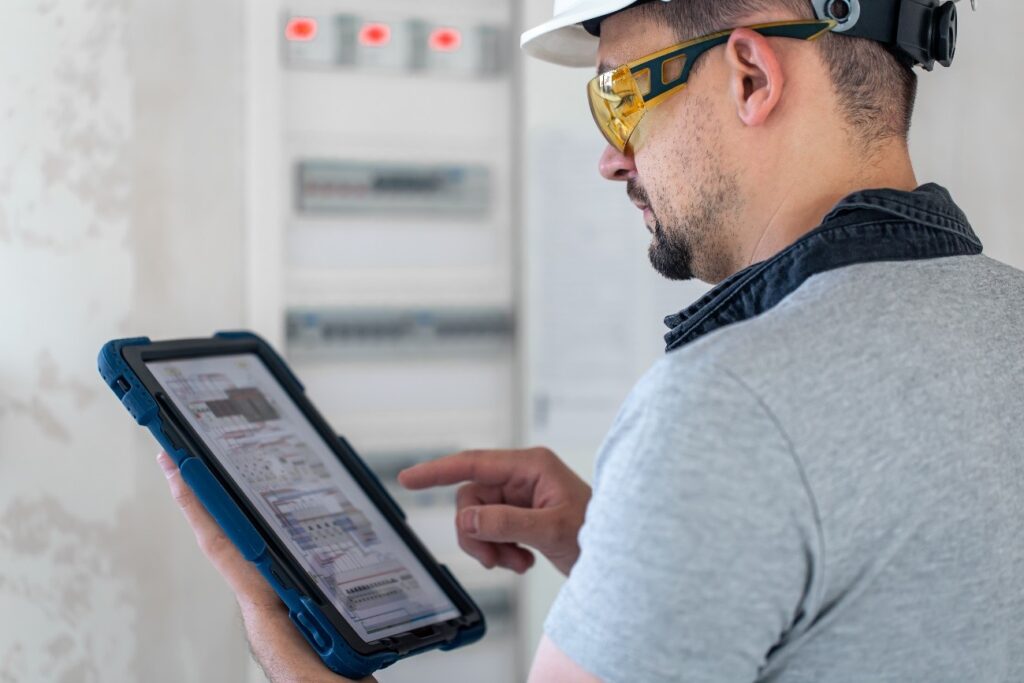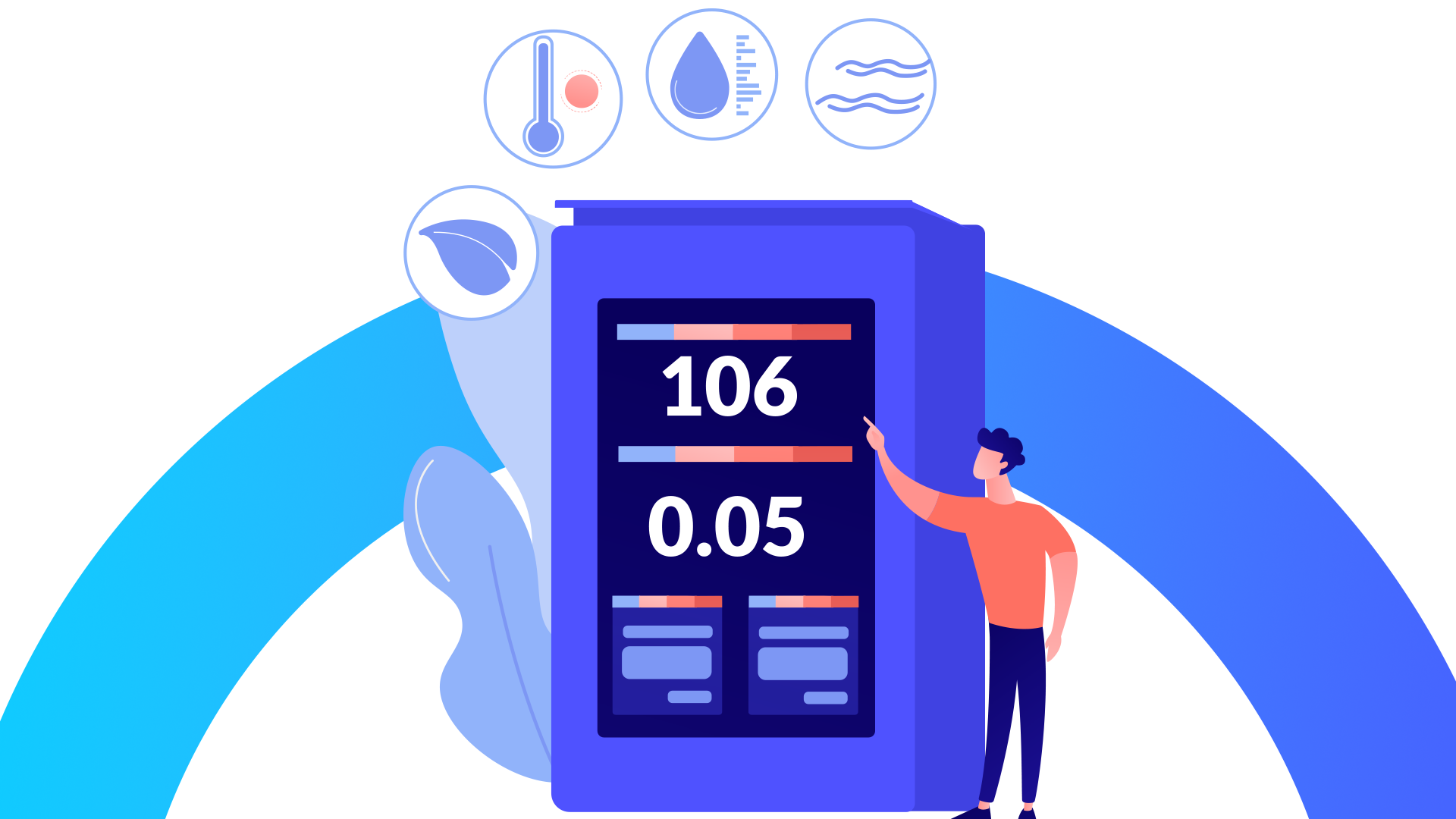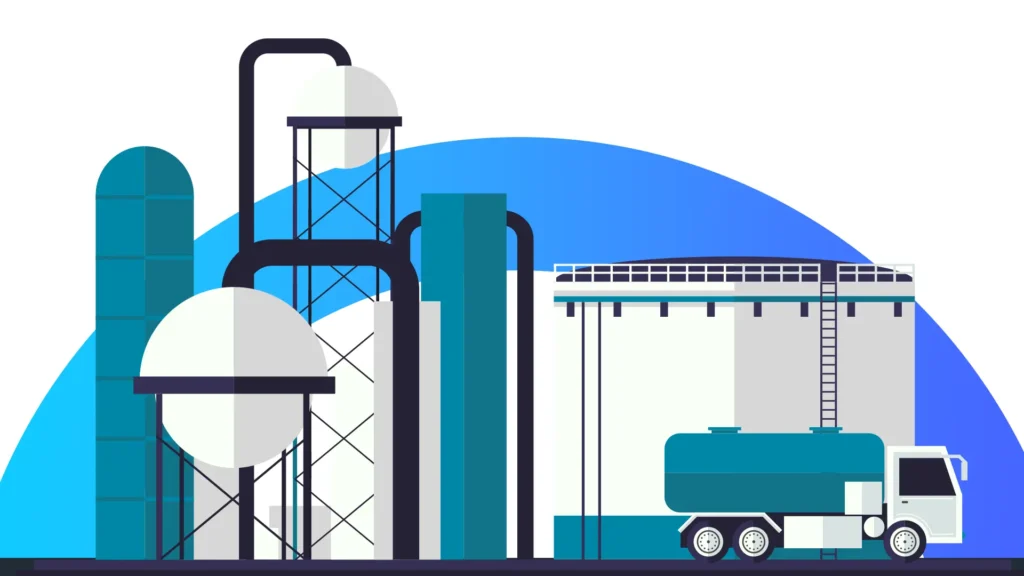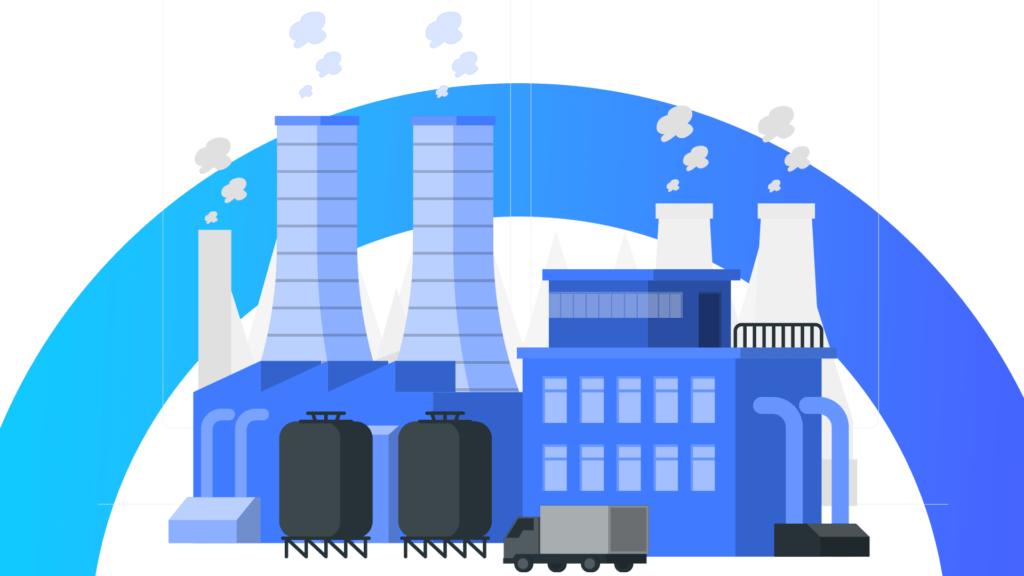Textile manufacturing is energy intensive. But energy waste isn’t inevitable. Learn how industrial energy monitoring helps manufacturers cut costs, reduce downtime, and drive performance with digital monitoring systems.
Energy has always powered textiles. But now, it’s powering risk
The textile sector is one of the largest industrial consumers of energy globally. Yet many textile manufacturers lack real-time visibility into how they consume energy.
This isn’t a matter of oversight. It’s a reflection of how complex industrial operations have become. Production lines run around the clock. Machines vary in age, performance, and load.
External pressures, from rising energy costs to sustainability targets, only add to the urgency.
Despite this, few manufacturers use industrial energy monitoring as a strategic tool, and that’s a missed opportunity.
Why energy visibility is now a boardroom concern
Traditionally, energy data came from monthly utility bills. Maybe a few sub-meters, a quarterly audit, or a spreadsheet of kilowatt-hours. That approach no longer works. Textile manufacturing today demands more precision, speed, and resilience.
Energy waste doesn’t just inflate bills, it exposes inefficiencies in operations, maintenance, and planning. It affects everything from product margins to emissions reports. Executives know this. What they often lack is a system that delivers the right insights at the right time.
Consider the energy profile of a dyeing process. Steam systems, compressors, chillers, and heaters all work in sync, or at least, they should. But in reality, synchrony is rare. Machines overrun. Utilities idle. Maintenance delays creep in. And without proper monitoring, these issues stay hidden until damage is done.
OmniConnect™: Creating clarity from complexity

Visibility begins with data. But not just any data – live, actionable data that engineers and managers trust. OmniConnectTM offers manufacturers a connected, cloud-driven energy monitoring system. It brings together disparate energy sources and usage points across the facility.
The result is a unified, real-time view of energy behaviour, down to the asset level. What sets OmniConnectTM apart is its adaptability. Whether it’s a legacy spinning unit or a modern finishing line, it captures and contextualizes energy data. This enables quick identification of anomalies, unnecessary load peaks, and inefficient scheduling. In short, it gives manufacturers control, not just reports.
Let’s delve deeper into how manufacturers benefit from implementing such an industrial energy monitoring platform.
1. From reactive fixes to proactive decisions
Most manufacturers still rely on manual logs or monthly bills to spot energy issues. By then, inefficiencies have already impacted production KPIs. Industrial energy monitoring platforms flip this model by integrating directly with process equipment, utility meters, and PLCs.
Real-time data is collected from every major energy-consuming asset: motors, compressors, boilers, HVAC systems, and more. When these streams flow into a central platform, like OmniConnectTM, the system detects irregular load behavior, start-stop anomalies, and idle energy spikes.
Set thresholds can automatically trigger alerts. For example, if a compressor exceeds baseline load during non-operational hours. Textile plants, in particular, benefit from this granularity.
Spinning and dyeing lines show high variability, so fixed monitoring points can’t capture load shifts accurately. With real-time, tag-level visibility, managers move from periodic reviews to live diagnostics, identifying faults before they become failures.
2. Compliance alone isn’t the goal. Leadership is.
Energy compliance standards, like ISO 50001 or national energy audits require detailed reporting on consumption, baselines, and improvement actions. Many textile factories struggle here because their energy data is siloed across departments and systems.
Industrial energy monitoring platforms provide structured data that meets audit requirements with minimal manual input. OmniConnectTM, for example, auto-generates trend reports, variance logs, and usage breakdowns for steam, electricity, and compressed air. These reports can be aligned with regulatory formats and time-stamped for traceability, ensuring readiness for inspections or investor ESG reviews.
Beyond compliance, manufacturers gain continuous insights. They track key indicators like specific energy consumption (kWh/kg of fabric), boiler efficiency, and power factor, all in one place. This transforms compliance into an operational scorecard, allowing energy to be measured with the same discipline as quality and throughput.
3. The mindset shift: From cost center to performance lever
Treating energy as a fixed overhead ignores its optimization potential. Modern industrial energy monitoring systems uncover this potential by breaking down usage at the asset and process levels. For instance, a real-time dashboard can show that certain stenter machines operate above an average load. Why? Poorly maintained burners or inefficient airflow settings. Or that reactive power surges occur during simultaneous motor starts, which can be staggered to reduce penalty charges.
These insights aren’t possible without timestamped, tagged, and correlated energy data.
And that’s what platforms like OmniConnectTM enable, turning raw data into actionable intelligence.
By integrating energy metrics into MES or ERP systems, manufacturers begin to treat energy like a production metric. They track it by shift, by order, even by operator, building accountability across teams. This elevates energy from a utility line item to a performance lever, one that drives continuous improvement across the plant.
Closing thought: Leadership starts with visibility
In today’s manufacturing landscape, the gap between average and exceptional isn’t technology alone. It’s what leaders choose to do with it. Industrial energy monitoring isn’t just an operational tool anymore. It’s a leadership decision, one that defines how prepared you are for what’s next.
So waste no time, and talk to our experts to learn more about how your operations can benefit from a solid industrial energy monitoring system.




